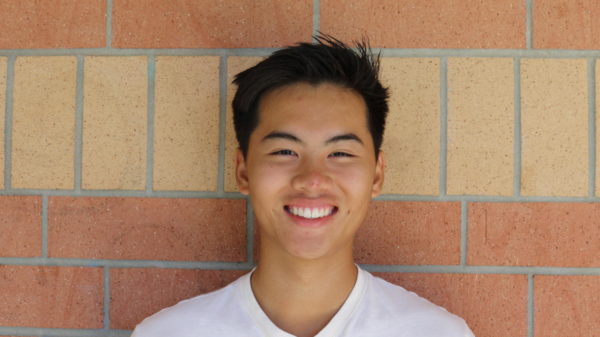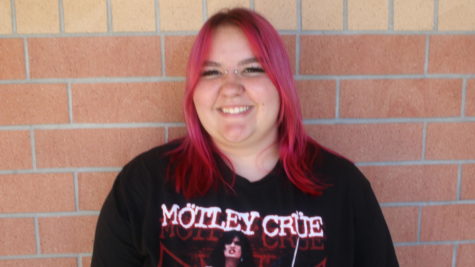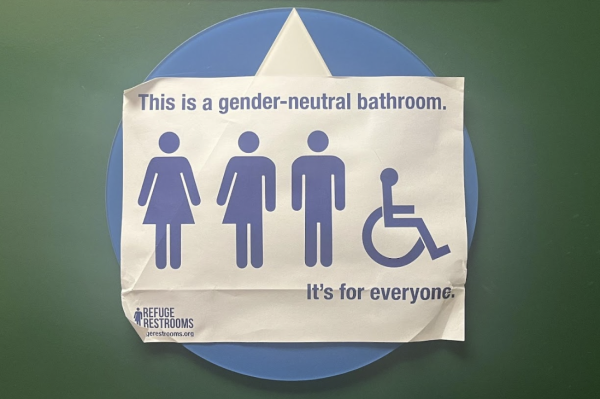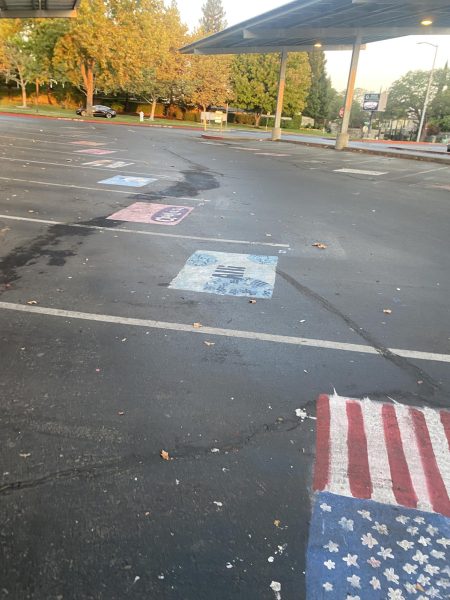GBHS substance abuse

Cannabis gummies bought and used by a GBHS student.
“Your life will do a 360 in the best way possible if you try smoking,” your acquaintance said to you as you and your friends hung out. Now, a few months later, you’re addicted to weed and in the most depressive state you’ve been in your life. You’ve become so dependent on drugs that weed has become the only thing you look forward to during the day. Drugs are the only thing you talk about with friends. You’ve become blinded by your addiction to the point where you don’t believe your addiction is as bad as it truly is. You’ve become your own worst enemy and your life is falling apart in front of yourself. An “innocent” attempt at stress relief, turned into an extensive battle against substance abuse.
Substance abuse is a nationwide pandemic, ranging from alcohol abuse to misuse of drugs like marijuana to nicotine. It reaches all types of people, and high schoolers are in no way exempt from it. According to students from our very own Granite Bay High School, drugs and alcohol are extremely easy to access, despite most of the students being minors.
On the GBHS campus and on other high schools in general, abuse of drugs and alcohol is not uncommon. Students seeing another student vaping in the bathrooms or hearing stories of peers getting high or intoxicated is a common occurrence — Use of substances like marijuana and alcohol is more frequent than many expect.
“A lot of my friends will come to school drunk, a lot of my friends will come to school high,” said one anonymous junior female. “I don’t remember honestly, the last time I went into the bathroom without seeing someone hitting nic”.
According to The Recovery Village, a drug and alcohol rehab center, about 30% of high schoolers regularly use alcohol. 13.5% of high school students regularly consume four or more alcoholic beverages consecutively in a day. About 20% of high schoolers regularly use marijuana, and 12.4% of seniors were reported to have used illicit drugs in the past year.
Turning to drugs or alcohol is not always a choice that students make willingly. In many cases of substance abuse, students’ decisions revolve around the environment around them at home, not their personal decision. It could also be from social relationships, like upperclassmen or peers that abuse substances like drugs or alcohol. And the most known event in the world right now, the COVID-19 pandemic, is likely a cause of an increase in substance misuse.
Heather Rosdail, a licensed nurse and student psychiatric mental nurse practitioner, and mother of Adelle Fries, a student at GBHS, had this to say about causation of students misusing substances. “Kids who need to escape from something might turn to alcohol…It’s mostly probably linked to depression, anxiety, problems at home… Parents get divorced, they don’t have time to spend with them, they don’t have a father figure, they don’t have a mother figure…there’s usually something else that’s triggering it”
One anonymous junior girl noted, “An unfortunate reality is that something a lot of teenagers have in common is drug use, alcohol use and vaping. So it’s something that they can instantly connect about, and something that they can do together…to fit in”.
According to Granite Bay Today’s Mental health deteriorates as the pandemic progresses by Trinity Jones, “Some students expressed feeling lost during the COVID-19 pandemic, and turned to substance abuse as a way of dealing with the pain”
In a survey taken by the CDC in 2017 for victims of drug addiction, 93% of participants had at least one comorbid mental health condition, with major depression, generalized anxiety, panic, and oppositional/defiant disorders being the most prevalent.
This brings about the question of how students get access to these dangerous substances; drugs or alcohol for students are extremely easily accessible. If relatives, peers, or upperclassmen use illicit drugs, teenagers likely have easy access to them for them to use or sell. Medicine or liquor cabinets at homes are a common source of drugs and alcohol. Upperclassmen and peers might have access to substances through this; they can spread them and use them to others who might not have access themselves. Seeing one’s own family members or friends is proven to increase the odds of that individual misusing and becoming addicted to substances like liquor or drugs.
One anonymous junior girl stated, “Upperclassmen often have more connections and being an underclassmen means that…you typically aren’t (going) to run into drug dealers on the street. But upperclassmen have more parties. upperclassmen who go to more parties and get out more definitely have connections. So if you connect with upperclassmen, it’s like an automatic outlet.”
Drug transactions are very commonly made on school grounds, and teenage dealers potentially make deals on a regular basis. Nearly 1 in 5 of all high school students say that they have been sold, given, or offered drugs on school property.
Addiction or just frequent use of drugs or alcohol takes its toll on drug users, and although the feeling of the substance may make them feel good in the moment, it will almost always have intense side effects in the long run. The spiral downward that addiction causes is both extremely dangerous for the user and those around the user, with huge consequences.
“A lot of them (patients) have COPD from smoking and COPD feels like you’re drowning,” said Rosdail. “You can’t catch your breath, cannot fill up your lungs enough with air, your lungs are…just not working, and not functioning properly”
According to the CDC, nearly 841,000 people have died since 1999 from a drug overdose. In 2019, 70,630 drug overdose deaths occurred in the United States.
Along with physical side effects, addiction or just use of drugs and alcohol is detrimental to a teenager’s mental health. It alters their thinking on a day to day basis, and causes them to do things or think about things they would normally never do; This largely affects their social life as well, as it practically forces them to change how they think and act in their everyday lives.
“I have seen many of my close friends lose themselves through addiction” stated an anonymous senior male who admitted to abusing drugs during his time at GBHS, “At my lowest it was the only thing I could think about or look forward to”
Additionally, Lisa Wallace, a Health teacher at GBHS, stated, “A teenager’s brain is not fully developed… Drug use and alcohol use can really change the structure and function of the brain permanently”
However, students facing addiction or any type of substance abuse are not alone. There are help options all across America, and high schoolers are just as welcome in rehab or treatment centers as anyone else suffering from addiction. Students who know a peer who is currently in the midst of addiction can help others as well by recommending them to these centers.
When asked about how students should help others who are suffering from addiction, Wallace said, “I would tell an adult that they trust. Okay, simple as that…We (would) refer them to get …some counseling or…services that are going to help.”
In 2018 four researchers conducted a survey for high schoolers suffering from substance addiction. Participants took part in an experimental group and determined the effectiveness of Recovery High Schools. These are secondary high schools that provide recovery support for students with substance use disorders. Adolescents attending RHSs were significantly more likely than non-RHS students to report complete abstinence from alcohol, marijuana, and other drugs at the 6-month follow-up.
The danger of substance abuse is something that addicted high schoolers always suffer from in the long run. Notably, the best way to avoid any consequences of misusing substances is to just never start in the first place.
“You just never know that the next high could be the last high and so that makes me nervous for the user,” Wallace said.

Ryan is a senior and Entertainment Editor. This is his third year on the Gazette staff.










Isabelle • Sep 23, 2022 at 10:58 am
I like how surveys were added into this article and how the author added other statistics.
Kaitlyn • Sep 23, 2022 at 10:54 am
I really enjoyed this article because the anon. quotes and statistics add an extra emotion. There were many different prespectives from the interviewees and it was a good read.
Lily Giles • Apr 22, 2022 at 12:03 pm
Lots of quotes and statistics made this article feel very professional and well made.
Aamya Anderson • Jan 28, 2022 at 12:29 pm
I like how many points were shown band data or the people in the clinics.
Tai Lew • Jan 28, 2022 at 12:25 pm
Getting many people that were able to share their opinions on this topic was a good choice, it gives different good perspectives on it, I liked how you gave data like surveys and numbers. I also liked the article because this is a very important subject that some people do not think about. This is a very good article.
Raphael Reburiano • Jan 28, 2022 at 12:23 pm
This article looks really professional. The data, quotes, and overall words was really good. It was a nice read.
Sudeeksha Vardhan • Jan 28, 2022 at 12:20 pm
I liked how they used statistics to show the actual effects of drugs on our community, both at school and outside. In addition, I like that they used anonymity on sources to not invade privacy. Overall, this article is very thought-provoking.
Fiona von Blanck • Jan 28, 2022 at 8:05 am
I liked how you got multiple people to share their thoughts on the idea, including students, teachers, and CDC data. I enjoyed reading the article!